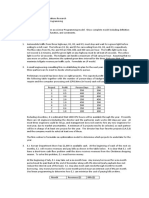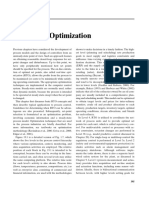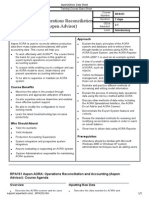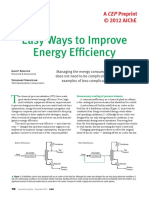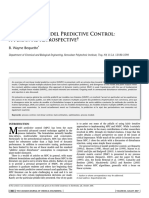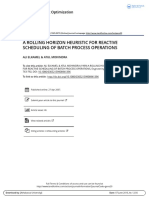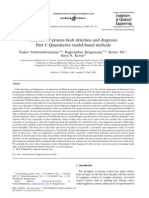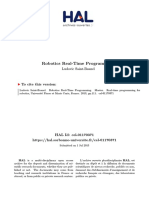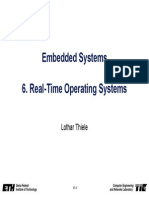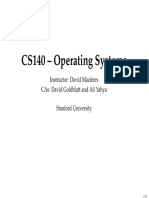0% found this document useful (0 votes)
65 views26 pagesL12 - Task Scheduling Basics
This document discusses task scheduling basics for embedded systems. It covers key concepts like tasks, jobs, periodic tasks, deadlines, feasibility, preemptive vs. non-preemptive scheduling, and context switching. Examples are provided to illustrate concepts like hyperperiods, precedence graphs, and how schedulers work. Different scheduling approaches like static scheduling are also introduced. Utilization is defined as a way to check if a set of tasks can be feasibly scheduled.
Uploaded by
Nasir WaheedCopyright
© © All Rights Reserved
We take content rights seriously. If you suspect this is your content, claim it here.
Available Formats
Download as PPTX, PDF, TXT or read online on Scribd
0% found this document useful (0 votes)
65 views26 pagesL12 - Task Scheduling Basics
This document discusses task scheduling basics for embedded systems. It covers key concepts like tasks, jobs, periodic tasks, deadlines, feasibility, preemptive vs. non-preemptive scheduling, and context switching. Examples are provided to illustrate concepts like hyperperiods, precedence graphs, and how schedulers work. Different scheduling approaches like static scheduling are also introduced. Utilization is defined as a way to check if a set of tasks can be feasibly scheduled.
Uploaded by
Nasir WaheedCopyright
© © All Rights Reserved
We take content rights seriously. If you suspect this is your content, claim it here.
Available Formats
Download as PPTX, PDF, TXT or read online on Scribd
/ 26



